Fun Facts
Alpacas are a member of the camelid family, originating from South America and were first imported to the United States in 1984
- Alpacas live to 15-20 years old. The oldest recorded alpaca was 27 years old.
- Alpacas weigh between 100-200 pounds are about 36″ high at the withers (where neck and spine meet)
- Aplaca fleece is soft as cashmere, as well as being warmer, lighter and stronger than wool.
- Alpacas eat about 2 pounds of grass and hay per day and chew a cud
- Alpacas are safe and pleasant to be around. The do not bite or butt, nor do they have sharp teeth, horns, hooves or claws
- Alpacas are very quiet. They sometimes make a humming noise to communicate or a shrill sound to send an alarm
- Alpacas are smart and fairly easy to train. They can learn to compete in shows, run obstacle courses, and are great animals for children to start in caring for and training for shows.
- Alpacas come in two breeds, Huacaya and Suri
- Huacaya fleece is fluffy, crimpy and teddy bear-like.
- Suri fleece is silky and lustrous with pencil-locks.
- There are 16 recognized fleece colors in the USA
- Alpacas are tested for pregnancy via a ‘spit’ test. A few days after being bred, the male is led back into the pen…. If the female ‘spits’ at him, she’s pregnant!
- Alpacas have successfully adapted to climates with extremes of cold, heat and altitude.
- Baby Alpacas are called crias
- Crias are usually born without human intervention and usually during daylight hours. A newborn cria weighs between 15-19 pounds and is usually standing and nursing within 90 minutes of birth
- Alpacas have strong herding instincts. They need the companionship of other alpacas to thrive.
- Alpacas are smaller than Llamas and are primarily raised for the fleece while Llamas are primarily used for packing or guarding herds of sheep or alpacas
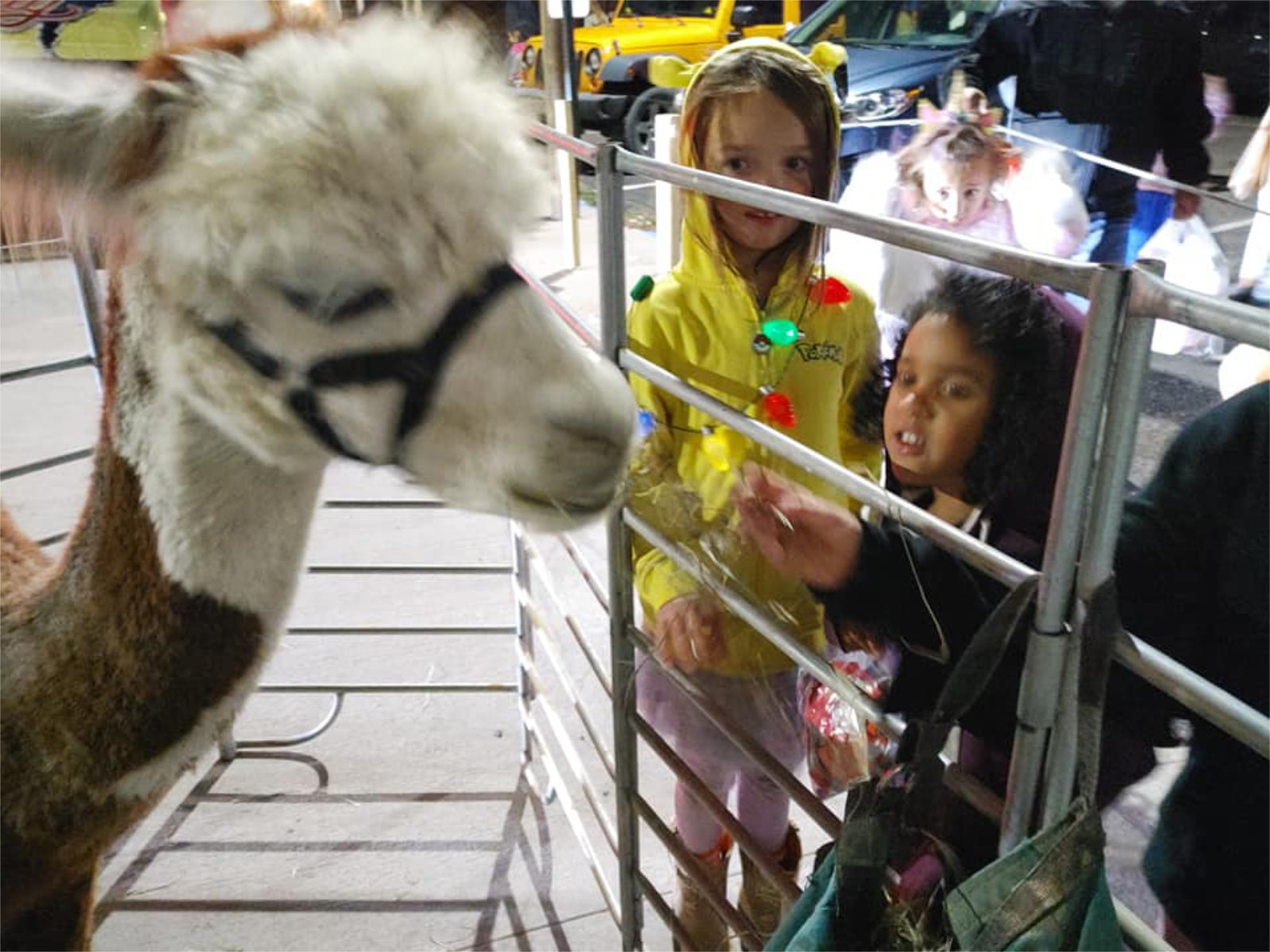 2021 Calhan Trunk Or Treat
2021 Calhan Trunk Or Treat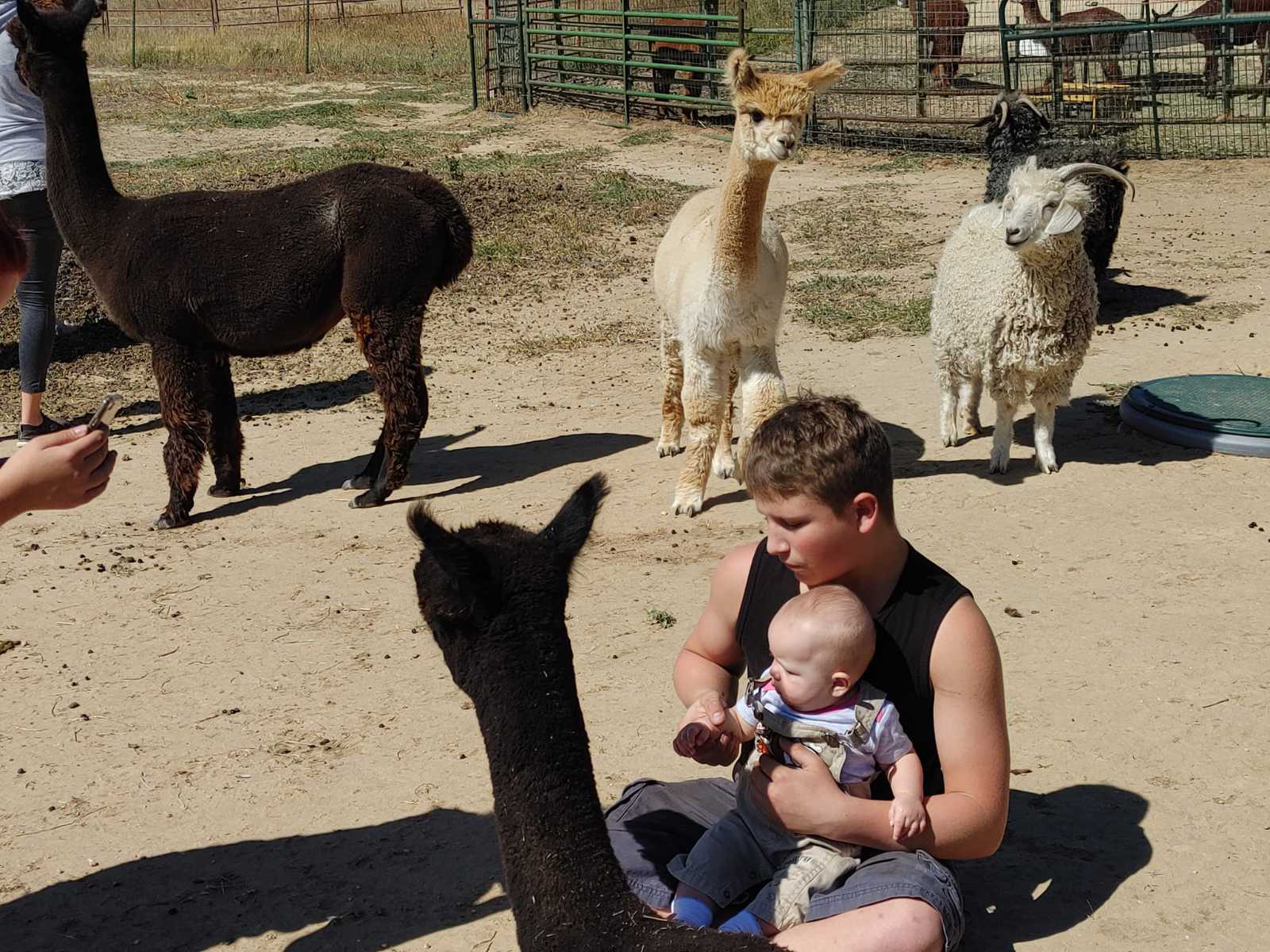 Warm day in November 2021
Warm day in November 2021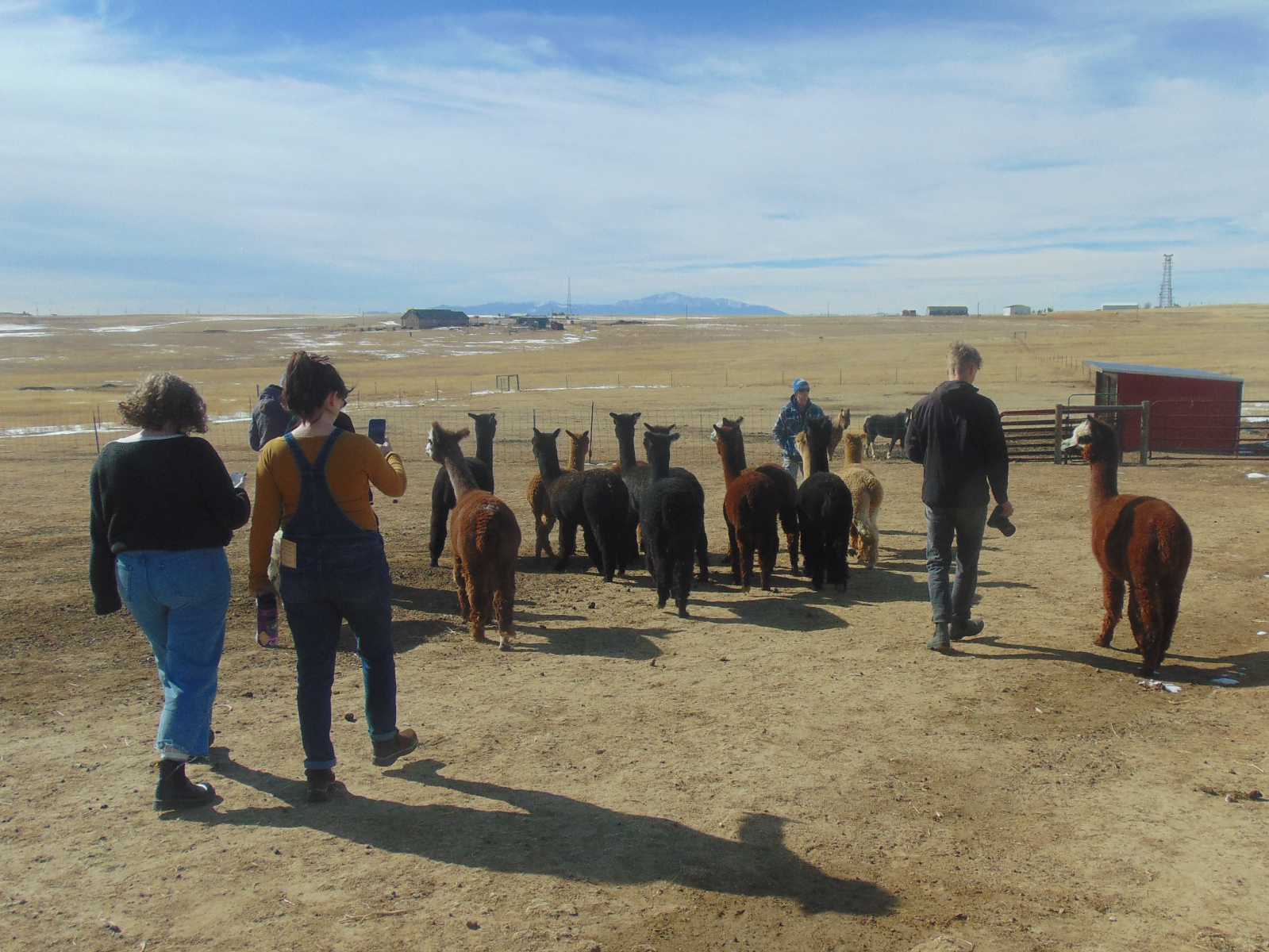 Morning stroll with the herd, no worries, no hurries!
Morning stroll with the herd, no worries, no hurries!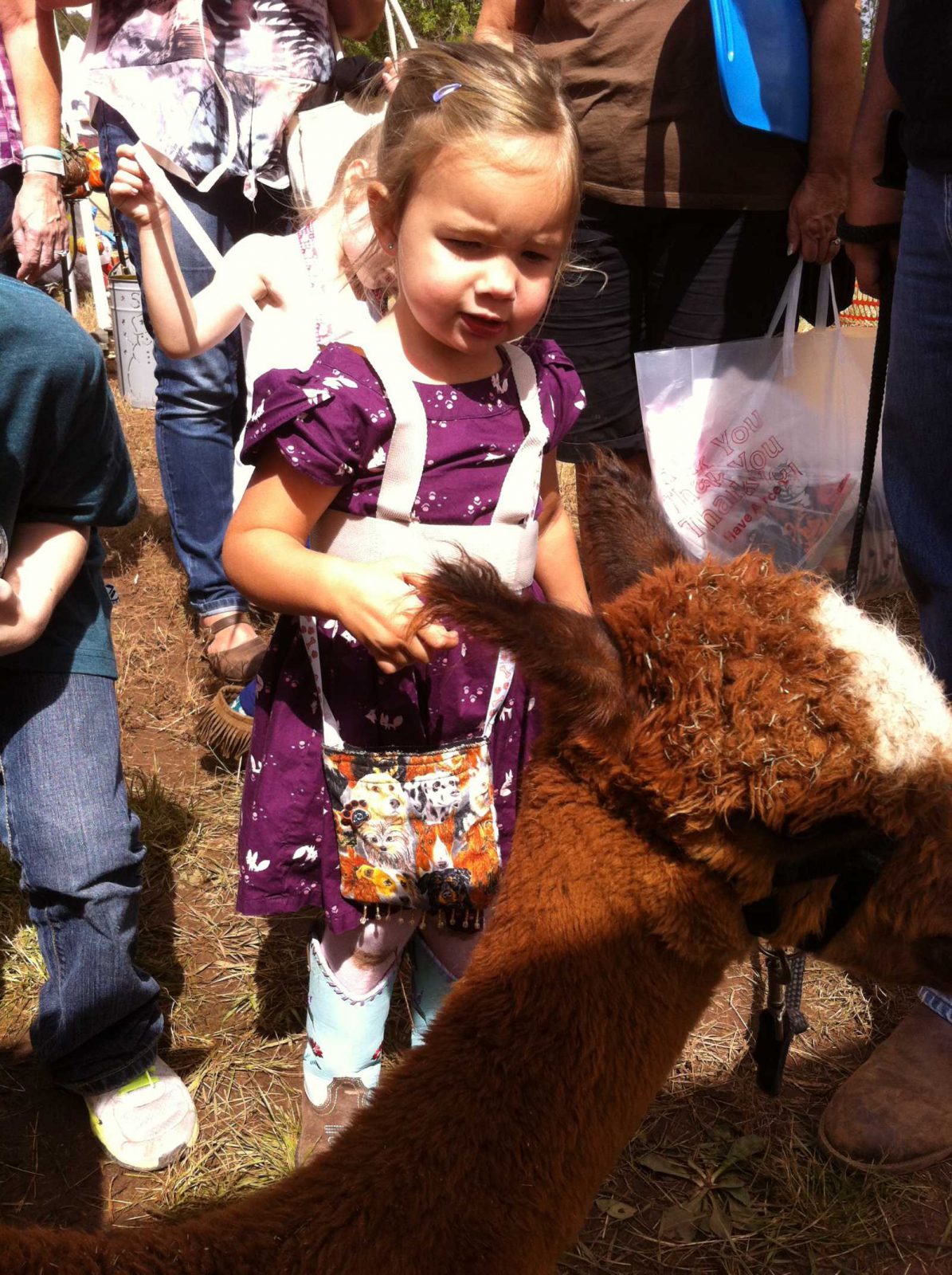 No need to worry – we’re soft!
No need to worry – we’re soft!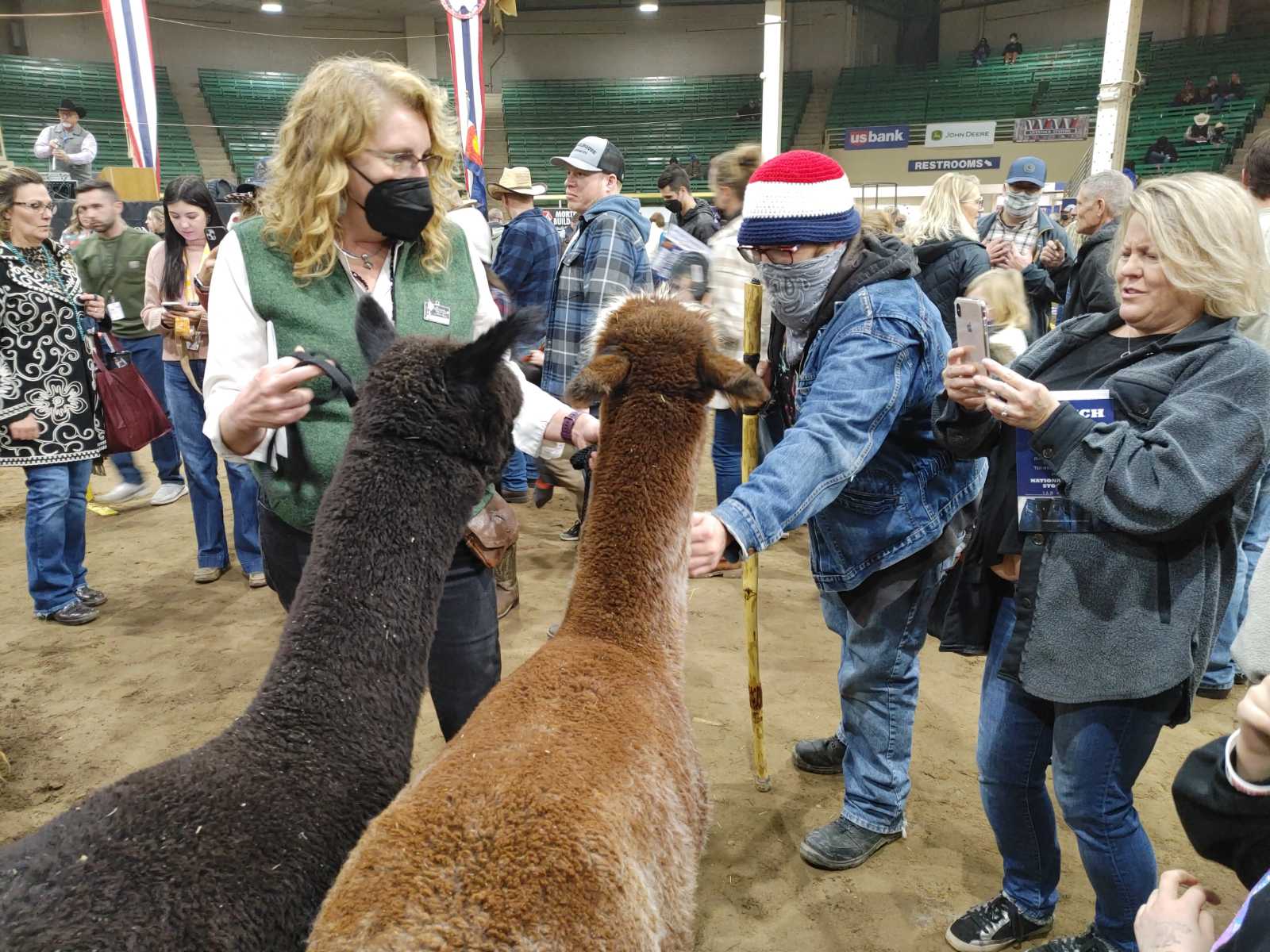 2022 Stock Show Meet and Greet
2022 Stock Show Meet and Greet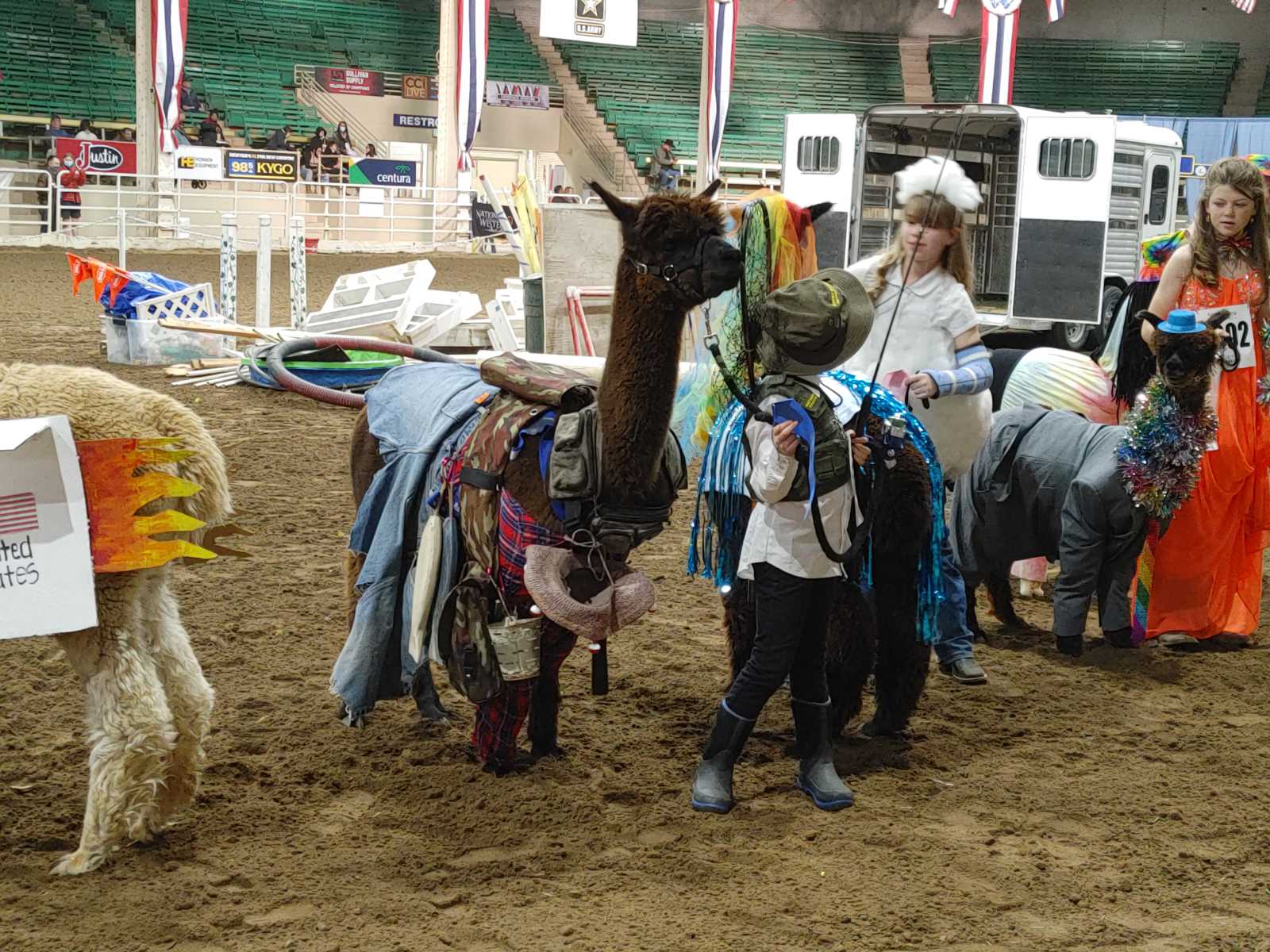 2022 Stock Show Alpaca Costume Contest
2022 Stock Show Alpaca Costume Contest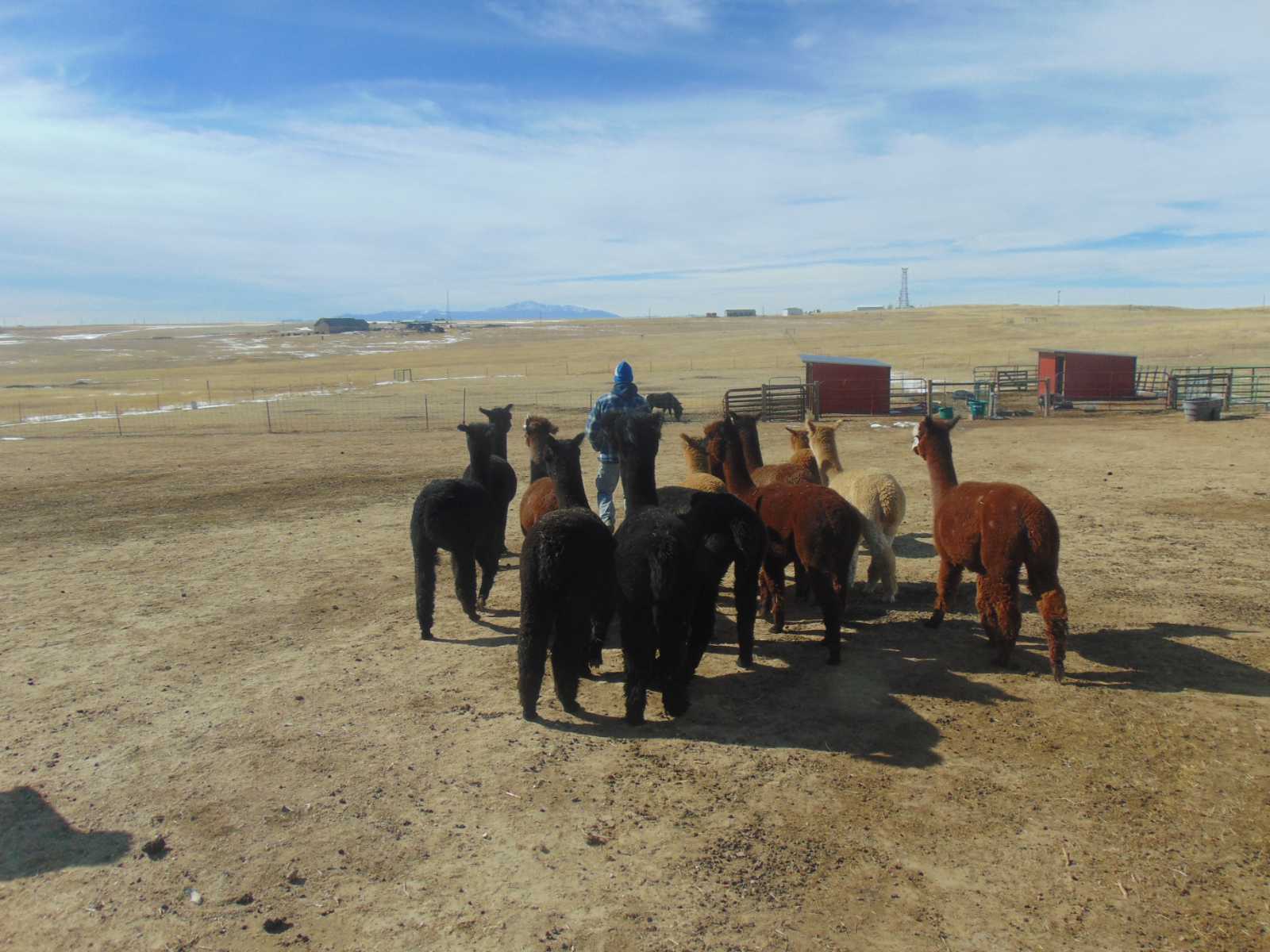 Chris leads the way to the pony and hog pens – He is the Pied Piper of Alpacas
Chris leads the way to the pony and hog pens – He is the Pied Piper of Alpacas First Cria up and nursing – 2022
First Cria up and nursing – 2022 My turn for Spa Day!
My turn for Spa Day!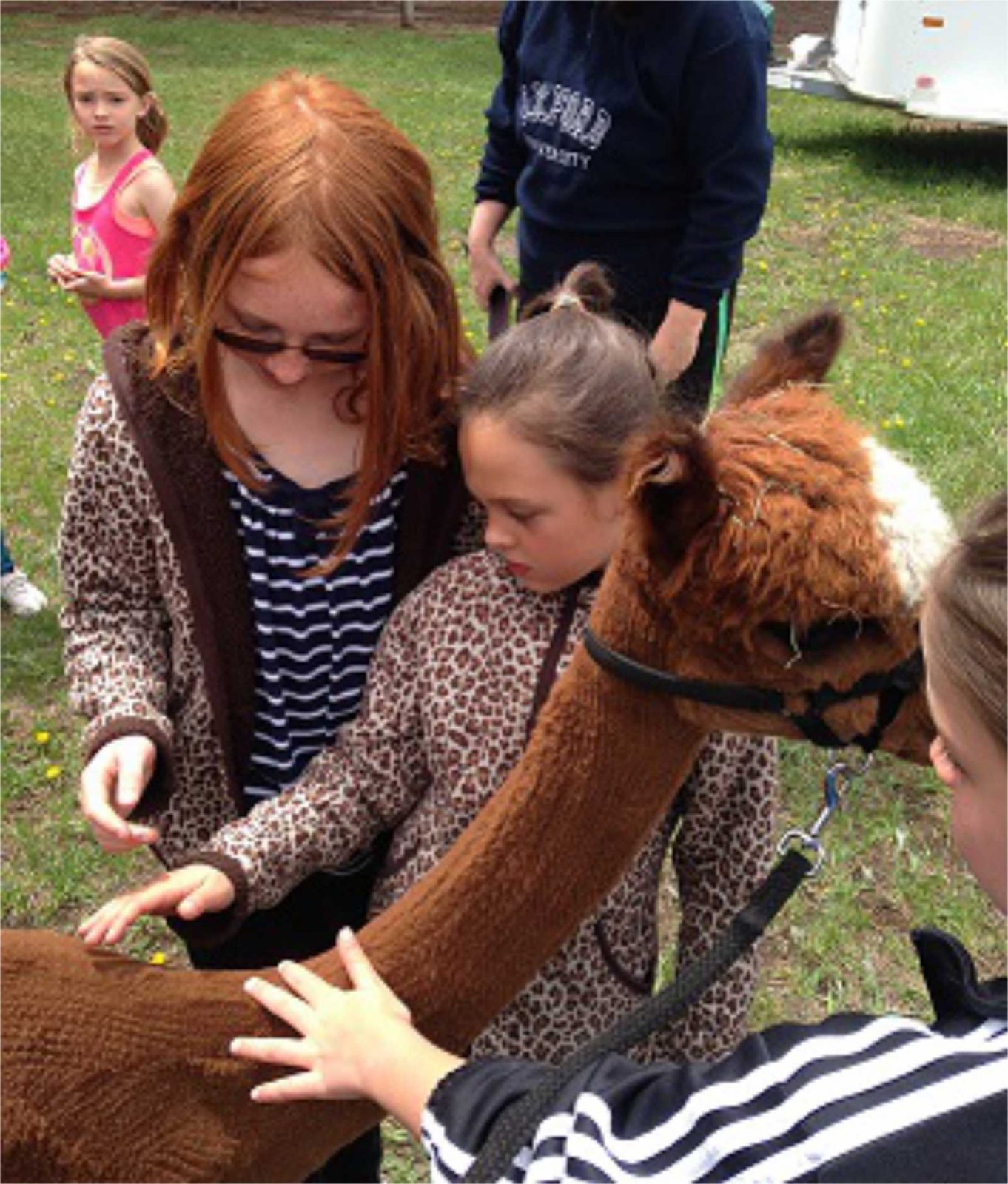 Even with hair cut, folks love to pet us.
Even with hair cut, folks love to pet us.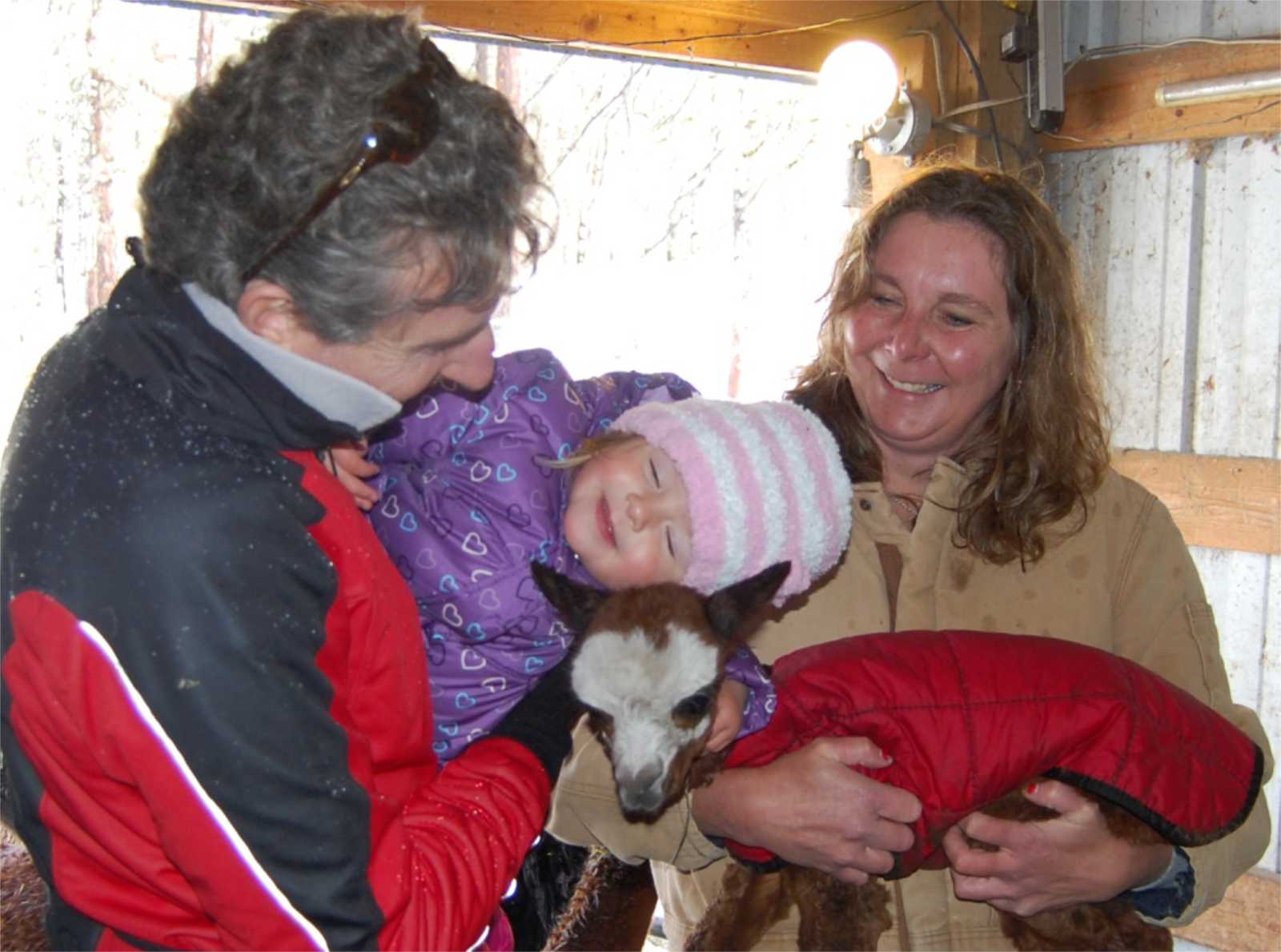 Christiann and Cria with Visitors
Christiann and Cria with Visitors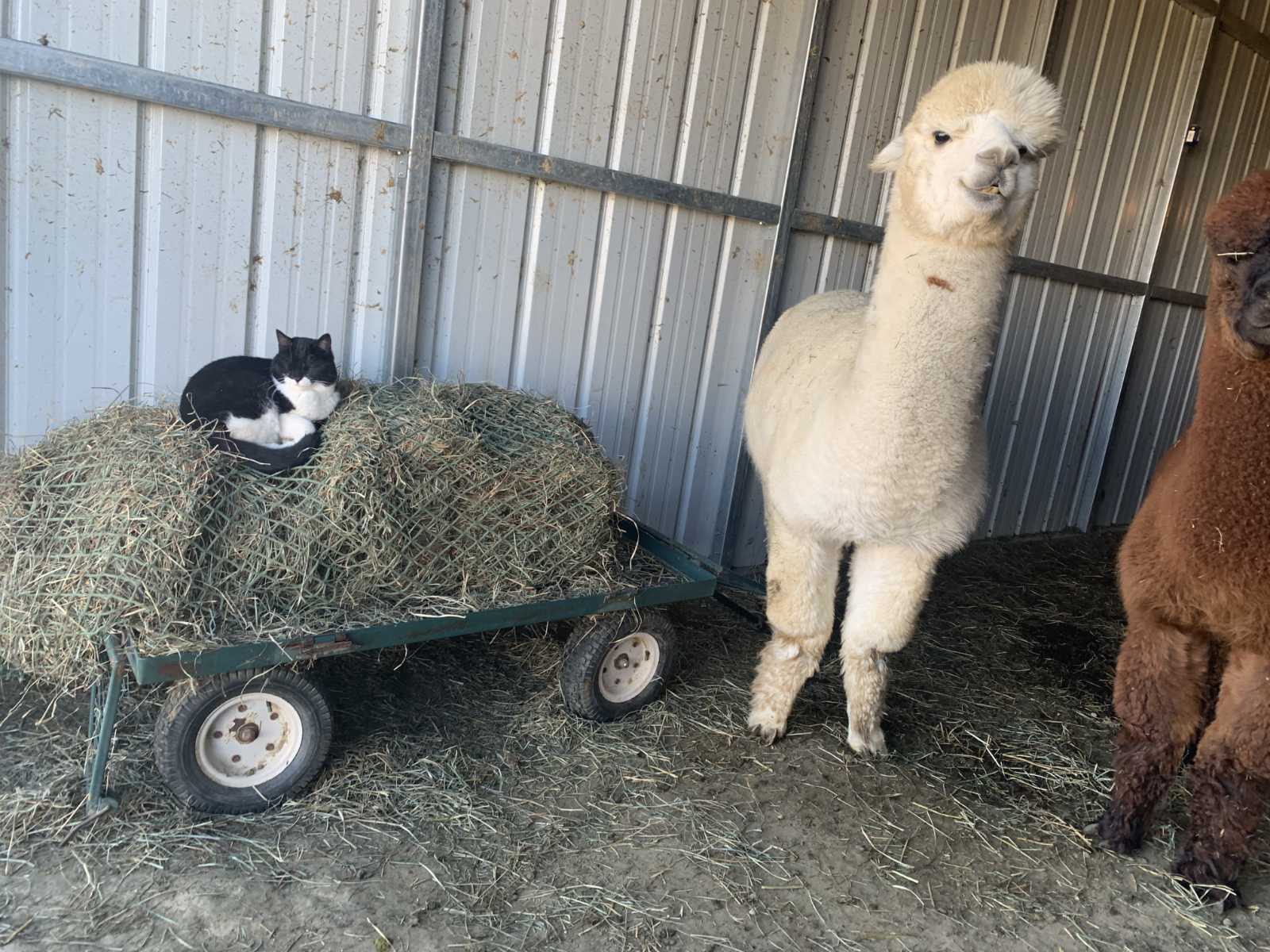 In the Barn
In the Barn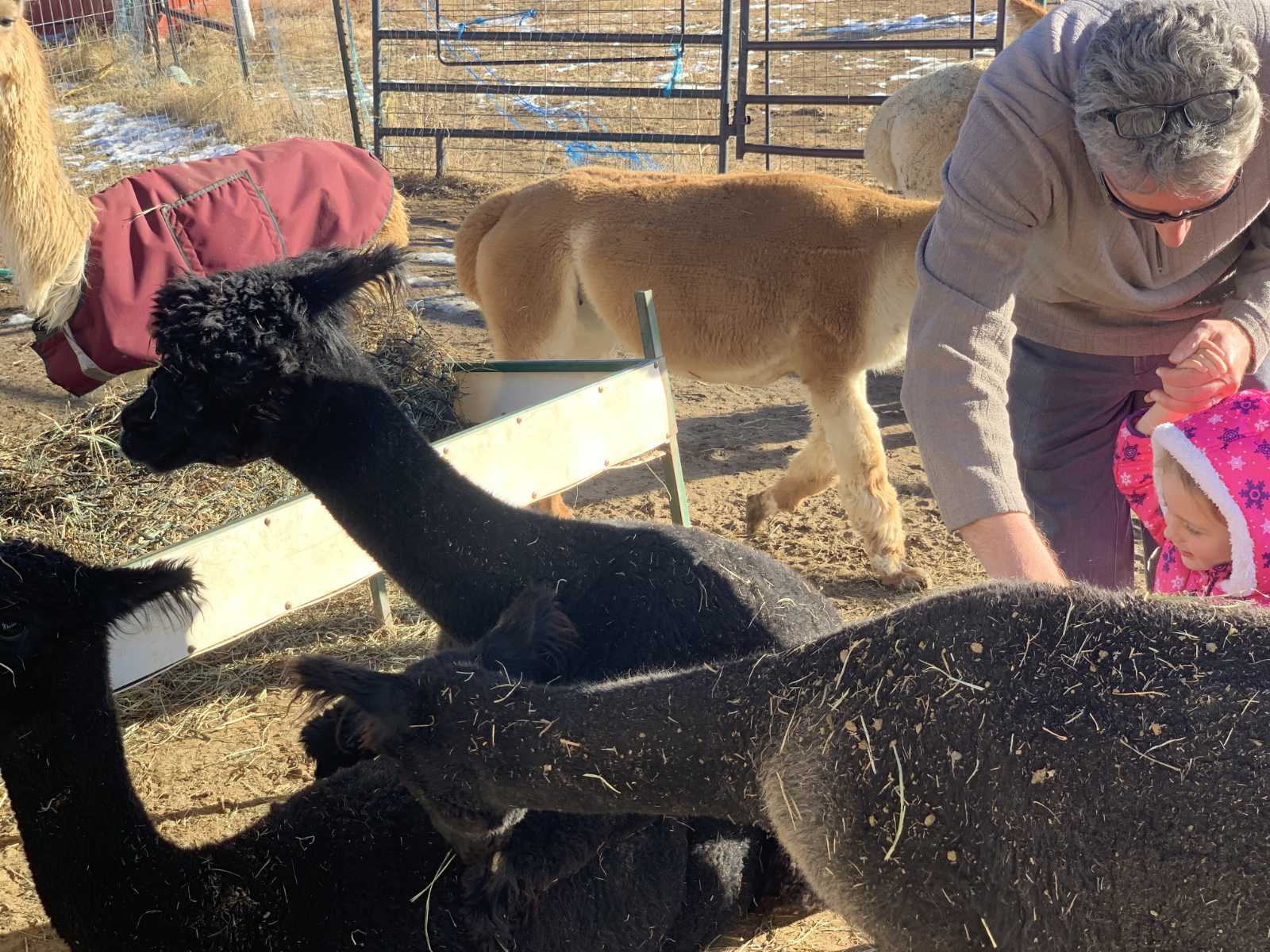 Mingling with Visitors
Mingling with Visitors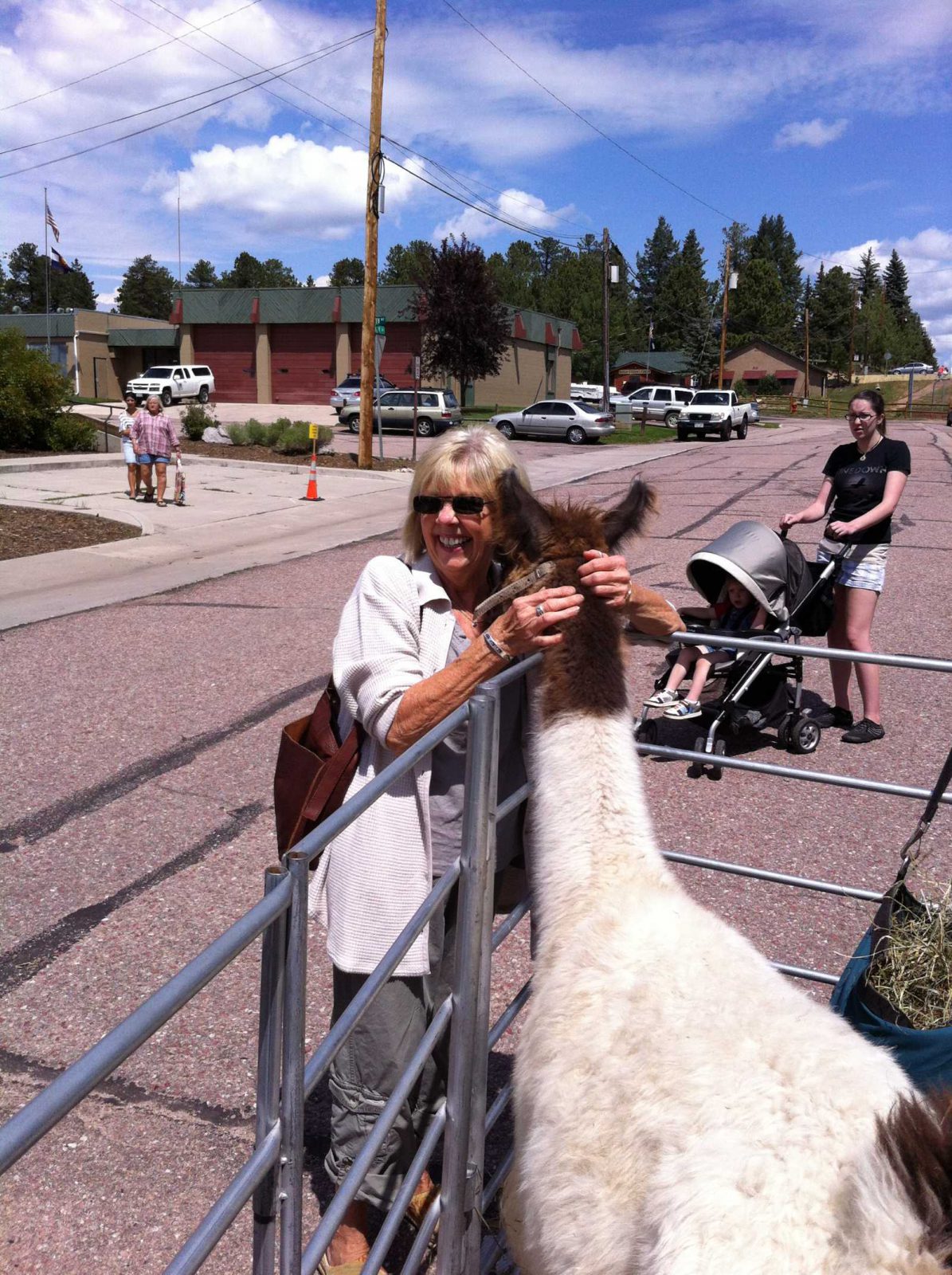 Out and about in the community
Out and about in the community Neighbors set up for spa day
Neighbors set up for spa day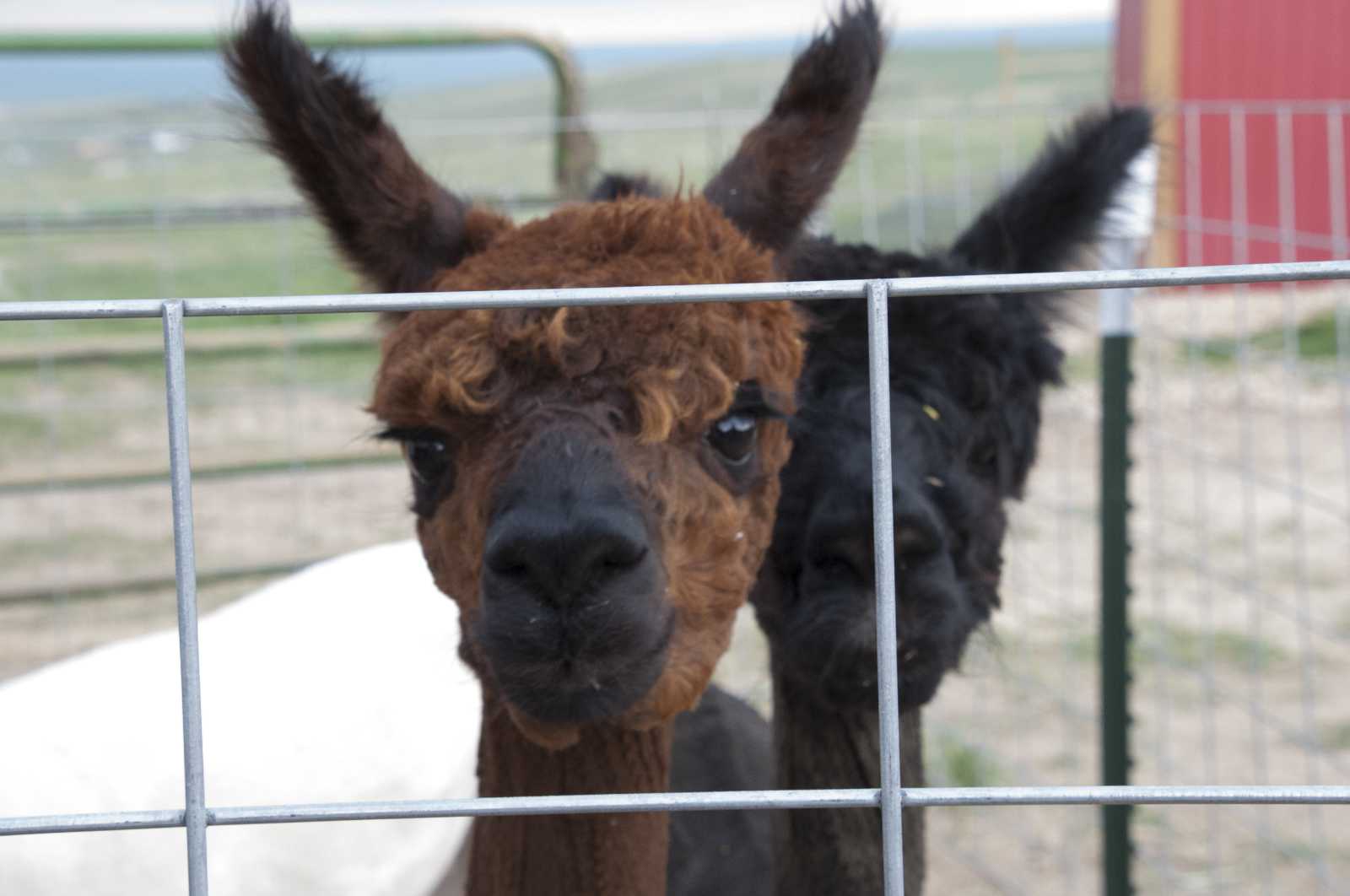 After Spa Day
After Spa Day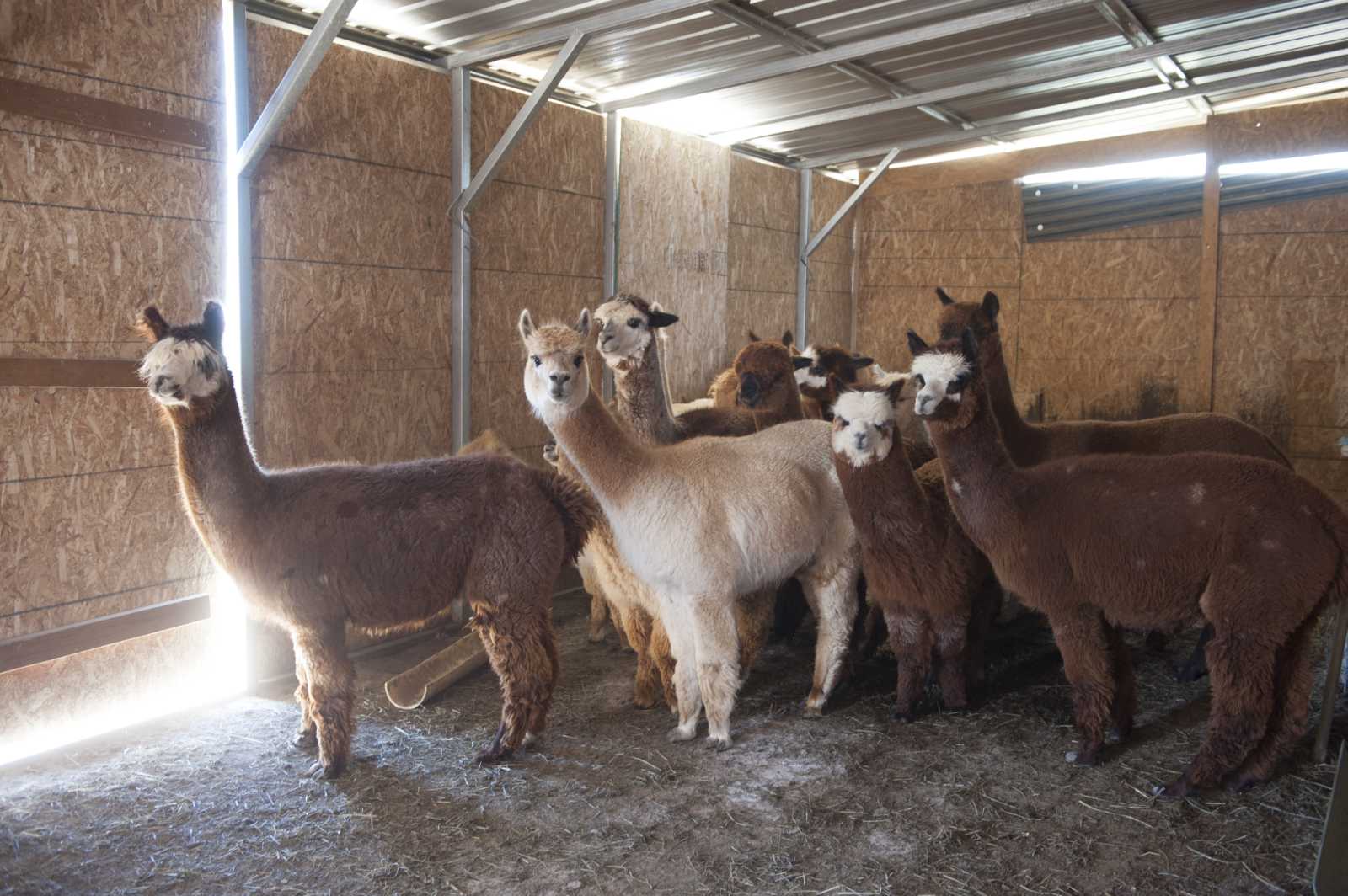 Waiting for shearing
Waiting for shearing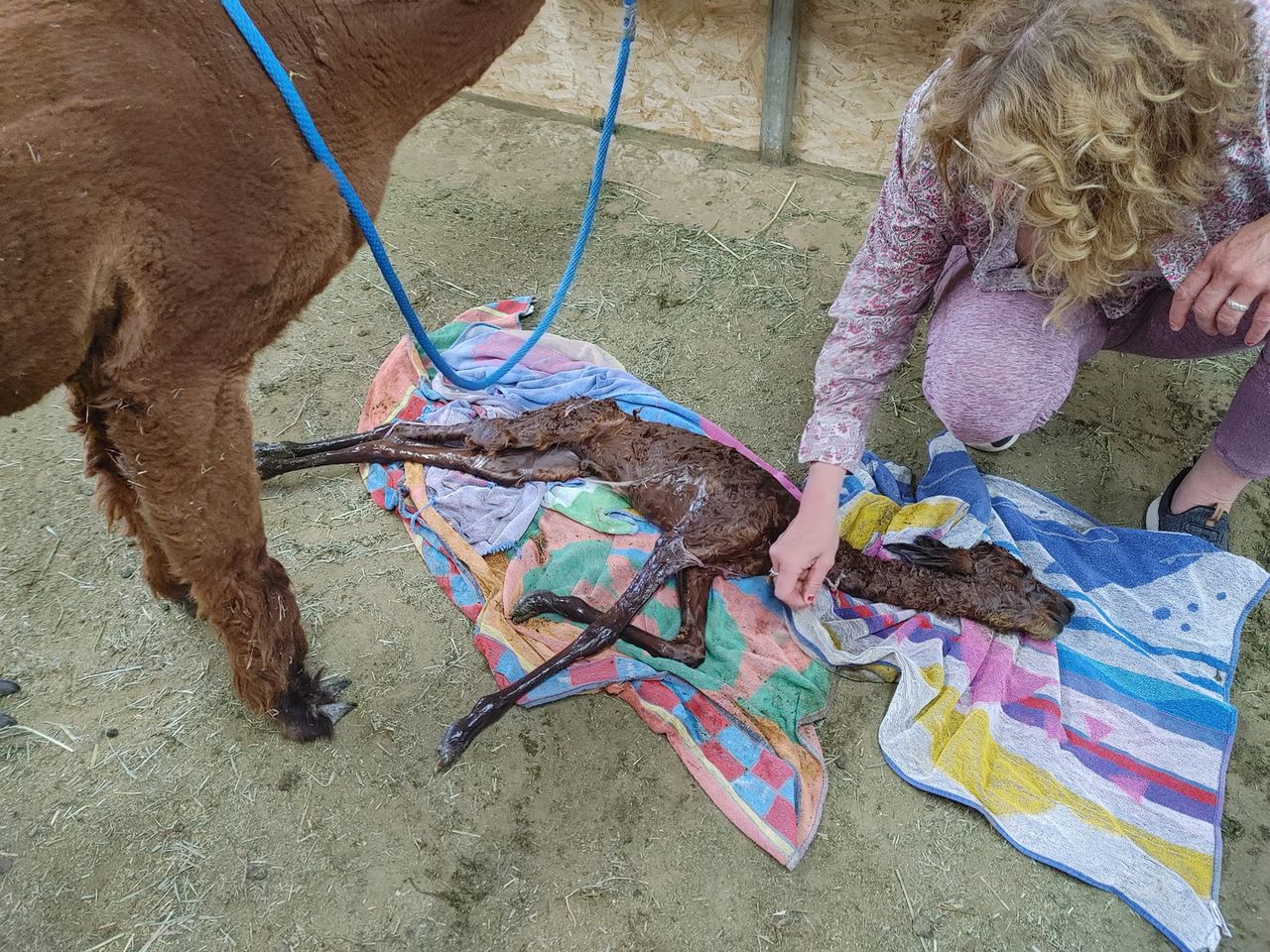 First Cria of 2022
First Cria of 2022
